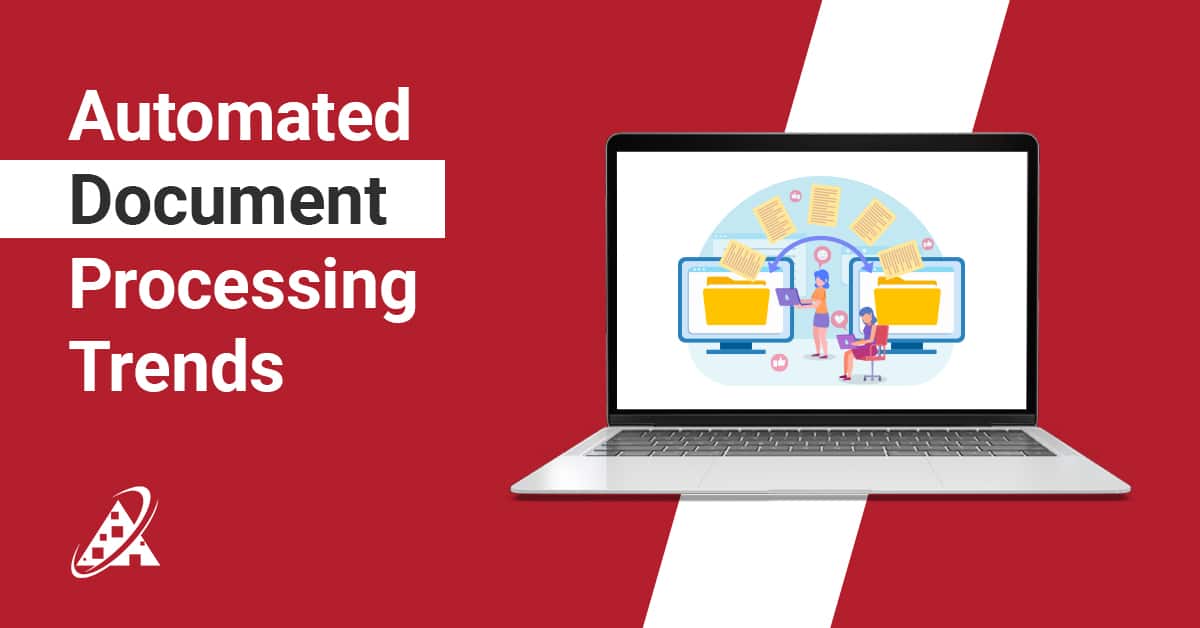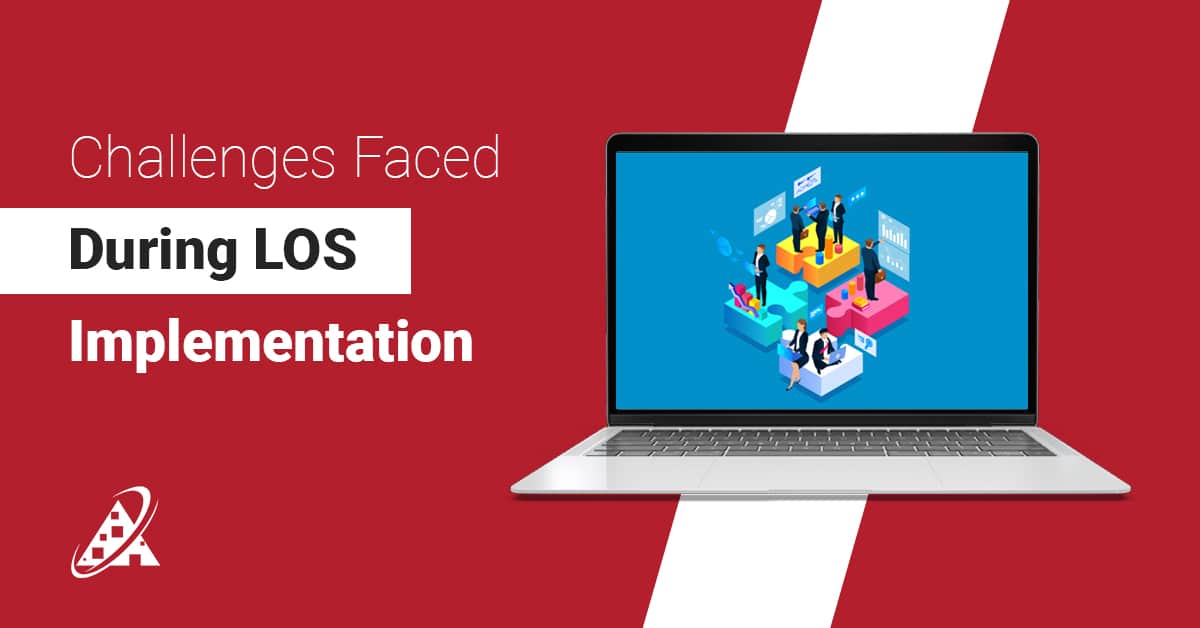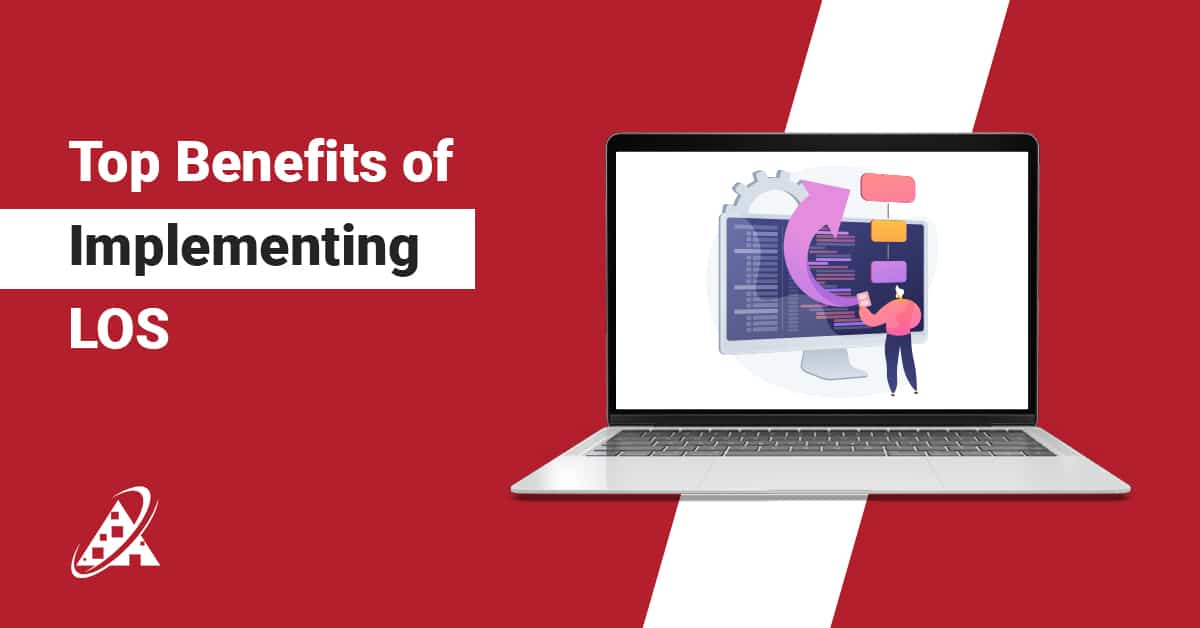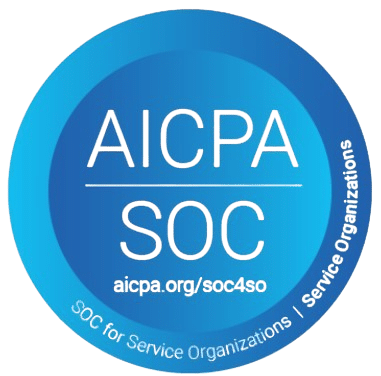SharePoint Intranet – All you should know about
Are your teams truly connected, or are they just coexisting in digital silos?
Collaboration and communication are fundamental to productivity, innovation, and long-term success in today’s fast-moving world. Modern Microsoft SharePoint Intranet solutions are more than a document storage house—it enables your organization’s internal communications, providing a secure and engaging platform for teams to connect and collaborate. With custom Intranet, you can easily manage communications related to company announcements, project documentation, and HR resources. SharePoint Intranets save time and improve efficiencies.
The beauty of Microsoft intranet solutions goes beyond content management. SharePoint integrates with apps like Microsoft Teams, Outlook, and OneDrive to create a digital workplace where people are more engaged with relevant and personalized content, and information flows naturally. SharePoint hosts communication sites that engage your organization beautifully, and team sites for departments. As we build SharePoint Intranet, the system helps organizations create meaningful experiences that support culture and meet the unique needs of their people.
In this blog, we will look at SharePoint Intranet deployment and how it can change your organization for the better—whether that is to increase employee engagement, simplify work processes, or create an environment of visibility and teamwork. So, are you ready to take charge and maximize your digital workplace with SharePoint for Intranet? Let’s get started.
SharePoint Intranet At A Glance
SharePoint is a powerful tool because it allows organizations to create a smart, easy-to-use intranet, a shared online space that allows employees to access information safely, collaborate on documents and connect with others within their team. As soon as we deploy SharePoint Intranet, it will be even more impactful when organizations use it alongside Microsoft 365. Microsoft SharePoint Intranet has cloud-based components that are essential for supporting teamwork, offer easy access to information and seamless collaboration across the entire organization.
Intranet SharePoint design and development involves taking advantage of all the available tools, features, and resources that can be found in SharePoint Online. A great intranet for SharePoint can increase communication, knowledge sharing and collaboration between employees. An intelligent intranet can enhance these benefits which would not have been possible with only older versions of SharePoint. Intelligent Microsoft SharePoint intranets deploy smart technology—such as AI-driven search, personalized content, and built-in links to other Microsoft 365 applications including Teams and OneDrive.
Utilizing Online Intranet, organizations gain the ability to create their own intranet pages, which can include page elements, libraries for document storage, lists for information management, and have customizable “web parts” to showcase unique page content. Employees can easily search specific sites/documents/people within the company’s network, and follow them easily.
If your organization is considering moving current custom intranet content to SharePoint in Microsoft 365, the transition process may take time, but is effective! The result will be a flexible, simpler, and smarter intranet tool. Using SharePoint features inside of Microsoft 365, you can provide a connected workplace where employees feel informed, engaged, and prepared to thrive!
Why Choose SharePoint Intranet For Your Organization?
1. Adaptability
The Microsoft SharePoint intranet is extremely flexible. You can build sites and pages that meet your particular organization’s needs. Whether you are working as a small team or with 1000+ employees, the intranet for SharePoint can grow and change along with your company.
2. Comprehensive and Organized
Microsoft SharePoint Intranet helps you centralize company information, documents, and tools into one platform that is easy to navigate. This eliminates the time needed to search for resources, while ensuring everything is organized and available when you need it.
3. Strong Document Management System
Document management is easy and straightforward through SharePoint Intranet deployment with versioning, real-time collaboration, and access permissions. Rather than worrying about older versions or that someone saved over your changes; employees can directly work together on files.
4. Affordable Pricing
SharePoint is included in many Microsoft 365 plans, making it a very affordable intranet option. You may not have to worry about a costly third-party software license, while also having many of the features built into the product.
5. Teamwork
SharePoint custom intranets occasionally integrate well with Microsoft Teams and Outlook, ideally allowing teams to communicate and work together. Teams can co-author documents, share updates, and collaborate in real-time anywhere.
6. Enterprise Workflows
Using Power Automate and SharePoint Online Intranet workflows, you can quickly automate repetitive tasks and business processes to increase productivity and consistency across departments.
7. Smart Digital Workplace
Microsoft Intranet solution promotes a digital workplace where employees can access apps, tools, news, and updates all in one spot. You can personalize content in SharePoint, and with intelligent search functionality, employees can access content easily.
8. Reporting & Dashboards
SharePoint has out-of-the-box reporting and analysis functionality to allow you to measure site visits, user engagement, and content performance. Indeed, the SharePoint intranet solutions can help you decide what content to focus on developing or changing, and consider how you can optimize the intranet experience.
9. Task Management Tools
SharePoint features integration with Planner and To Do so you can assign, track, and manage tasks for teams of people. SharePoint Intranet deployment refers to building dashboards and timelines, so that everyone is working towards the same priorities!
How to Build a SharePoint Intranet?
As we build SharePoint Intranet, we begin with structuring your intranet before understanding what your organization needs. Start with identifying the key areas that your intranet should support, HR, IT areas, departments, company-wide news, etc. Then determine what type of sites you will have, communication sites for broad announcements, content sharing, or Team sites for department collaboration.
Establish the hierarchy of information, determine site naming conventions and permissions to ensure that your content is secure and only viewable by the intended audience. Use Microsoft’s site templates or create custom templates to ensure consistency amongst pages. The intranet for SharePoint refers to developing templates for the right audience, in the right place at the right time!
With your Content Strategy for Microsoft SharePoint Intranet in place, your next step is to create and ‘populate’ your content into your intranet environment using the various web parts available in SharePoint. These modules can include things like news feeds, document libraries, quick links, calendars and people directories to make your content come to life.
Once you’ve published it, be sure to review your analytics regularly to check how employees engage with your Online intranet and continue to collect feedback to make continual improvements. With a clear plan and leveraging SharePoint’s flexibility, you can establish a modern and engaging intranet that enhances collaboration and productivity.
Key Features of SharePoint Intranet
The Microsoft Intranet solution includes a compelling digital workspace, which enables organizations to connect, collaborate, and communicate. Below are some of the prominent features that have made SharePoint Intranet the best platform for a modern, intelligent intranet:
- Intelligent Intranet
Uses Microsoft AI to present personalized content, relevant updates, and intelligent search results according to user behavior and restrictions.
- Home Site
The landing page of your custom intranet connects your employees to critical information such as top news, important resources, and navigation links essential to your organization’s operation.
- Hub Site
Provides a connection to related sites using common branding and navigation, so users can find content and maintain organization throughout departments.
- User Experience and Navigation
Clean user experience, using customizable menus, header, and footer to promote seamless navigation across all of your sites.
- Teams Integration
Intranet for SharePoint uses integration with Microsoft Teams so that users can continue to consume SharePoint content, libraries, and lists within the Teams experience.
- SharePoint Mobile App
Employees will not be disconnected. The SharePoint mobile app helps to stay connected across all areas of the Intranet while they are on the go with their mobile device.
- Search
Microsoft Intranet solutions have enterprise search that use power so that users quickly find documents, people, and sites, supported by AI enhanced suggestions and filter options.
- Content Management and Communication
Online Intranet streamline the delivery of company news, announcements, and documents while retaining ultimate control over content approval and visibility.
- Communication and Team Sites
Use Communication Sites for broadcasting info and Team Sites for project-based collaboration with useful integrated tools.
- Information Management
Structured content such as metadata, document versioning, and compliance policies – provides the necessary framework to manage organizational information as an asset.
- Web Parts and Customizations
Web parts of SharePoint for intranet can be simply dragged and dropped onto a page, allowing for flexible interactions (document libraries, quick links, image galleries, etc.) and focus on customized pages.
- SharePoint LookBook
A group of beautifully designed sites, with professionally designed site templates to get organizations started quickly with a beautiful, pre-built design.
- Employee Engagement and Recognition
Other things like news posts, spotlight sections, and praise web parts elevate employee recognition and create a great workplace culture.
- Leadership Sites
Leadership pages of Microsoft SharePoint Intranet allow leaders to be transparent with their vision, strategy, and subsequent updates, which can build trust and transparency across an organization.
- Microsoft 365 Communities
It features community sites to connect people. This allows for knowledge sharing and engagement to be built around community features of conversations with Microsoft 365 tools like Viva Engage (formerly Yammer, Microsoft’s social media tool)
- Yammer and Microsoft Teams
SharePoint Intranet deployment Improves social communication and informal collaboration by providing the ability to discuss topics and exchange feedback across platforms.
- Connected Applications and Services
SharePoint for Intranet connects to OneDrive, Power BI, Planner, Power Apps, and many other applications in order to create a connected digital workspace.
- Customization & Development
Provides support for custom branding, extensions of site, and development through SharePoint Framework (SPFx), Power Platform, and third-party tools.
- Architecture and Site Design
Intranet for SharePoint recommends a hub-and-spoke site architecture and provides best practices for navigation, permissions, and content hierarchy.
- Custom Solutions and Integrations
Allows organizations to create custom solutions through APIs, connectors, and development tools to address specific business needs.
Choosing the Right SharePoint Templates
SharePoint has a mix of templates to help develop your custom intranet, and choosing the correct one is very important! It acts as a blueprint for your future site structure, user-friendliness, and scalability. It’s like deciding which floor plan to choose for your house—you need to choose what makes sense for your organization.
Consider business needs first as you build SharePoint Intranet—pick a template type that makes sense for your company’s structure, its departments, and processes. Next consider flexibility and customization; the template must be able to adapt as your business adapts. Lastly, user-friendliness; the SharePoint Intranet solution is for employees, so the layout and tools must be intuitive and easy to use. Eliminate training whenever you can, and help with the employees open to the new tool on their own time.
Customizing the Look and Feel to Reflect Your Brand
Once you have decided on “the” template to go with, it is time to customize the site layout and features to represent your brand. Applying your branding guidelines (the corporate color palettes, font choices, and logo use) helps keep a high level of consistency as you reinforce your brand identity. Your Microsoft SharePoint intranet should feel like a natural extension of your organization and not just a standard, run-of-the-mill intranet portal experience.
Make navigation intuitive by clumping similar content, naming everything clearly, and providing easy access to the most frequently used areas. A messy layout can lead to disorientation and reduced use. Don’t forget about responsive design when it comes to SharePoint Intranets. Your intranet must be fully functional on desktops, tablets, and smartphones since the mobile workforce is growing rapidly.
Importance of User Interface and User Experience
An excellent plan for SharePoint Intranet development should focus on visual appeal as well as seamless functioning. The user interface (UI) and user experience (UX) heavily contribute to how employees interact with your intranet and how efficiently they can find what they are looking for. Start with user testing of Microsoft SharePoint Intranet solution, which will uncover user-based errors and provide real-world feedback.
This ability to observe people using your online intranet can help you identify friction points and prioritize your updates. Treat your intranet like a living system by consistently improving things using analytics and collecting feedback. Finally, consider using video or multimedia—adding videos, image carousels, or interactive guides can keep your users interested, make the content much easier to consume, and facilitate learning.
Leveraging SharePoint Design Tools
To breathe life into your custom intranet, you must get familiar with all of SharePoint’s design capabilities. SharePoint Designer is a good option if you want more control. Many organizations use it for more customizations, such as giving their pages unique layouts and even using their master pages.
For interactive and automated processes, consider building custom forms, applications, and workflows using PowerApps. The tools offered through PowerApps can help to streamline productivity with custom applications that are tailored to the specific process you want to refine. And don’t forget about web parts related to Intranet for SharePoint. Similar to an app store, web parts have plug-and-play features that can be added to your pages! The appropriate blend of tools for your Microsoft Intranet solution means it doesn’t just add functionality, but adds interest as well!
Your SharePoint intranet should never become stagnant. You should think of it as evolving with your business. You should evaluate the effectiveness of the intranet on a regular basis, utilize employee feedback on how the intranet is supporting their needs and be prepared to iterate and evolve the intranet over time!
Implementing SharePoint Intranet (Made Simple)
There’s nothing to rush to launch your Online Intranet. Launching a SharePoint Intranet is much like launching a rocket, it requires a lot of preparation, testing, and support as you find your way to launch it properly. Here is what you need to do for a proper rollout:
Transfer Your Existing Data to SharePoint
Shifting data to SharePoint for Intranet is not just copying and pasting files into a new location, it is about organizing those files in a way that users can quickly and easily find the files or information they need. Here are ideas for the process:
- Inventory: Better get an awareness of what you have and what is going to move, stay, or get deleted.
- Spring Clean: If you shred paper, you will likely find outdated files to delete, or unorganized messy folders to straighten up.
- Tools: Use SharePoint Migration Tool by Microsoft, or consider using other third-party apps to help make the process of migration easier and more consistent.
Test Before You Launch
Just like you wouldn’t set something like a rocket into motion unless you had tested it, you should do the same with SharePoint Intranet deployment.
- User Acceptance Testing (UAT): Engage a group of real users to try out the intranet system and provide feedback.
- Load Testing: Examine large groups of users simultaneously to see if the system will slow down.
- Security: Make sure the only people who can see sensitive data are people who are authorized.
Tips for Launching Successfully
You’re finally ready to launch your new custom intranet-but don’t forget to take care.
Start Small: Roll it out department by department, this way if there are issues, you can fix it early on.
- Communicate: Let groups know, and continue giving them updates, as well as showing what is expected.
- Training and Support: Provide quick info guides, FAQs, or even a help number so users have options during times of change.
- In Closing: Rolling out SharePoint is more than just a technology project-it’s a system-wide change that affects everyone. Get it right and you will increase productivity and collaboration among teams! A little step-by-step process ensures you test, and listen to your users. As you trust SharePoint Intranet development services, all will go well!
Training and Adoption
Setting up SharePoint and Intranet SharePoint design are only the half of it—the greater challenge is ensuring that users will actually use it.
- Develop Effective Training Materials: Make training useful and easy to use.
- Interactive Guides: Create built-in pop-up, step-by-step tools in SharePoint to help.
- Videos: A few short how-to videos can quickly teach users how to complete a process.
- Cheat Sheets: Easy to print guides which provide information on how to quickly find answers to common questions.
Driving Engagement
Don’t assume users of Microsoft SharePoint Intranet will engage and use the site just because it exists—actively work to engage the users.
- Gamify it: Engaging users means injecting fun, through challenges or rewards.
- Solicit Feedback: Encourage users to provide feedback and make adjustments based on their feedback.
- Champions Program: Identify power-users to help others and promote SharePoint to their respective teams.
Continue to Improve
You will never be done. With Microsoft Intranet solutions, maintain momentum through minutes of continuous improvement.
- Surveys: Solicit feedback from users about what is and isn’t working.
- Analytics: Review usage data on how many users are utilizing specific pages or tools.
- Frequent Updates: Identify, fix and improve the site as often as possible.
Key Takeaway: Training and adoption will take time. SharePoint Intranets offer continuous support to users and improve the site. If users feel heard and that they have support, they will actually enjoy using the intranet.
Monitoring and Analytics
Once you have launched your SharePoint system, how do you know whether it is actually providing value? By using data to measure your success!
Ways to Monitor Usage
- SharePoint Reports: View how many individuals visit what pages, what they searched for while searching, and how often they log in to the system.
- Google Analytics: Add this application in to have more comprehensive insights into user behavior.
- Heat Maps: Use an application such as Hotjar to determine which areas of the page users are clicking on the most.
- Adoption Rates: Are more users logging in and using the system of SharePoint for Intranet?
- Most popular: Which pages, news, posts, or documents are getting the most attention?
- User Feedback: Are you able to fix issues users raise? Obtain feedback from users related to your online Intranet.
Using Data to Make Improvements
- Personalize your Pages: It requires the ability to show users what is most practical for them based on their role or department.
- Fix What is Not Working: If there are areas of your site with no clicks, it may need a redesign.
- Keep Evolving: Use what you learn from your analytics to keep evolving your SharePoint site.
Takeaway: Analytics are critical in making informed decisions about your custom intranet. Stop guessing and use data to inform a better intranet.
Advanced Customizations
After you’ve mastered the basics, it’s time to take it to the next level and customize your intranet for SharePoint with some additional features.
- Custom Solutions Using SharePoint Framework (SPFx): SharePoint Framework (SPFx) allows developers to incorporate custom tools directly into SharePoint.
- Custom Web Parts: Create specialized features such as dashboards or interactive calendars.
- Responsive: SPFx works quite well on mobile devices.
- Integrated: Convenient connections to other Microsoft applications or third-party applications.
Third-Party Tools
There are times when external tools can really enhance your intranet.
- DocuSign: Add e-signatures to for approvals
- Power BI: Add live dashboards and more in-depth reports
- Nintex: Create, automate and manage complex workflows without coding
Ongoing Management and Support
An intranet system of any importance requires management.
- Build a Support Team
Include a SharePoint Admin, Content Manager, Support Specialist
- Continually Train and Upskill These Individuals
Provide avenues for employees to get support easily – chat, ticket, or support page
- Manage and Maintain Regularly
You should review with some regularity to keep the Microsoft intranet solution current
- Performance Monitoring
Keep an eye out for slow pages or errors
- Content Audits
Execute regular cleanups of old content and update important pages regularly.
Common Challenges
User Preference for Old Methods: Some employees may be more comfortable with the old ways of doing things, so assist them along the way to help them adapt.
- Keeping Up with the Updates: SharePoint Intranet is constantly being updated. Continue learning and adjust as needed.
- Scalability: As your organization grows, expand your intranet to grow with it. It may also require focus on Intranet SharePoint design.
- Summation of Important Take-Away: A SharePoint intranet is never really “done”! Keep developing, supporting your users, and adjusting to change to ensure the tool remains valuable for the future.
Your Microsoft SharePoint intranet is not just software or a product—it is a tool that is capable of transforming the way your whole organization communicates and operates. With planning, training, ongoing support, and proper customization, it can become a unique hub for connection, collaboration, and growth.
Wrapping Up
A SharePoint Intranet is more than just an internal website; it is a constantly evolving digital workplace that empowers teams, optimizes and standardizes processes, and enhances communication across the organization. With features like intelligent search, document management capabilities, mobile access, and seamless integration with Microsoft 365, your custom intranet not only meets modern business needs, but also cultivates a culture of collaboration, transparency, and efficiency!
To build SharePoint Intranet and deploy it, consider its benefits first such as improving productivity and employee engagement, whether you are a small business or a large organization. For the best outcomes, you can get hold of a reliable partner to provide you SharePoint Intranet development services! Awesome Technologies Inc., is a SharePoint development company and builds custom intranet solutions tailored to your goals. Their experienced team will ensure successful deployment, integrating smart solutions and ongoing support. Prepare your organization for a future ready digital workplace with our SharePoint Intranet services!
FAQs
1. What is a SharePoint Intranet and how does it work?
A Microsoft SharePoint intranet is a private, secure site that runs on Microsoft SharePoint. It is a great way for organizations to create and Share internal resources, collaborate on documents, communicate between departments, and manage content. The intranet is a digital workplace where your employees can access company news, tools, policies, and projects, all from one site. Moreover, since it is integrated with Microsoft 365 tools like Teams, OneDrive, and Outlook, it can support daily operations and productivity.
2. How much does a SharePoint Intranet cost?
The cost of a Microsoft Intranet solution varies depending upon the size of the implementation, customization requirements, and your Microsoft 365 plan. SharePoint Online Intranet comes as part of Microsoft 365 subscriptions which range from $6 per user/month for the Basic plan and increasing to $22 per user/month for the Premium plan (included in Microsoft 365 E3/E5). Additionally, if custom intranet development is chosen, businesses may incur additional costs for design, development, third-party tools and monthly support.
3. Is SharePoint Intranet suitable for small businesses?
Yes! SharePoint is extremely scalable and can work for any size of business, including small, medium and large. For small businesses, SharePoint for Intranet provides an inexpensive, cloud-based solution that can be scaled as their organization develops. Small businesses can start with basic templates and functions and include more advanced tools such as automated workflows, integrated dashboards, and custom pages, as their needs grow!
4. What are the key benefits of using a SharePoint Intranet?
An Intranet for SharePoint improves internal communication, increases employee engagement, and enhances collaboration. It supports document management while offering built-in version control, secure file sharing, and integration with the business tools employees use every day. Organizations benefit through a variety of personalized experiences for users, easy content management capabilities, improved searching, and data-driven insights through analytics and dashboards.
5. How long does it take to implement a SharePoint Intranet?
Implementation time can vary based on the complexity of the project. SharePoint Intranets are simple and have standard features & templates. The complex features may take weeks to launch while a highly customized site with advanced integrations, branding, and workflows could take months. The main phases of the implementation are planning, design, development, testing, training, and rollout.











